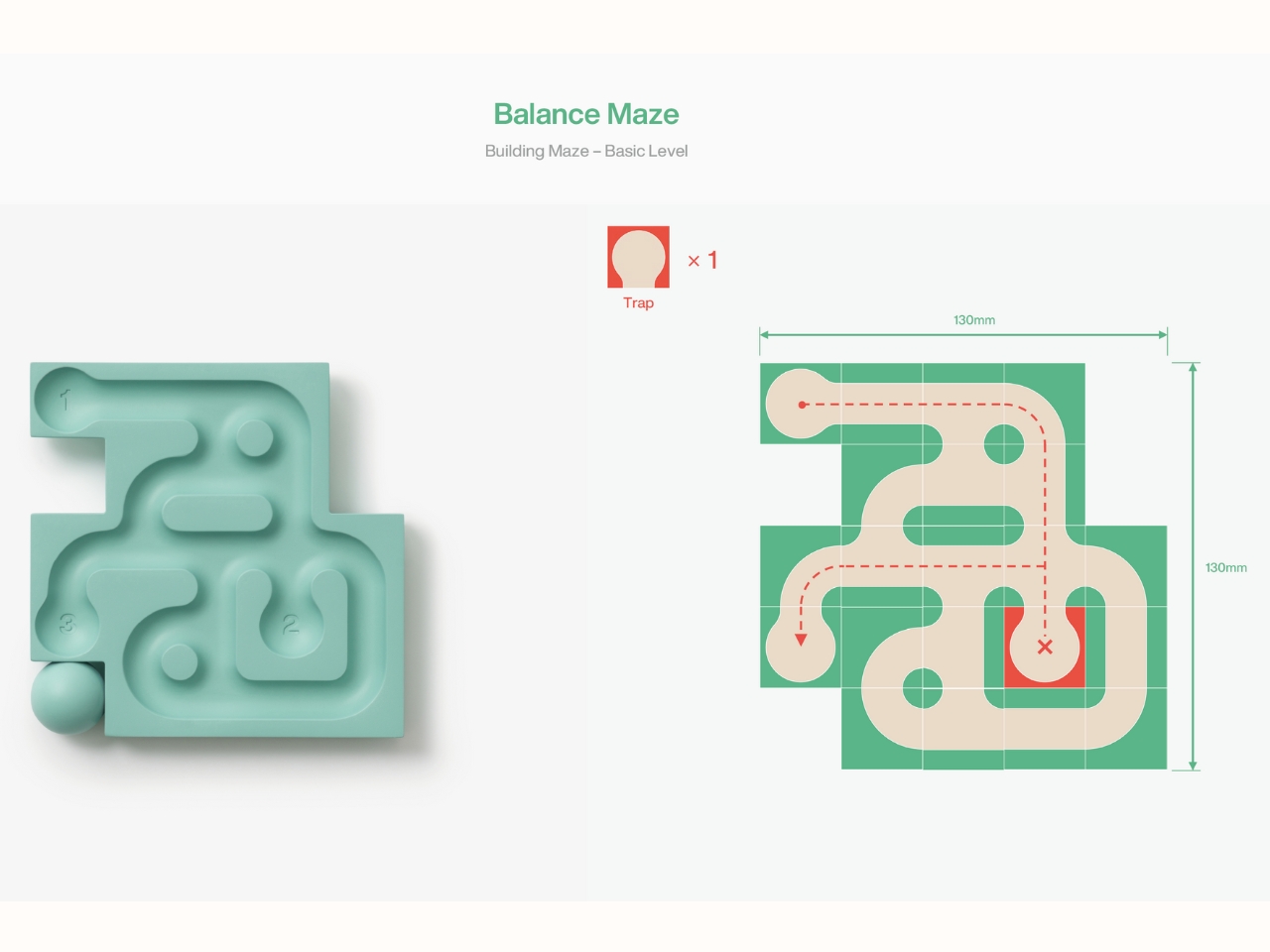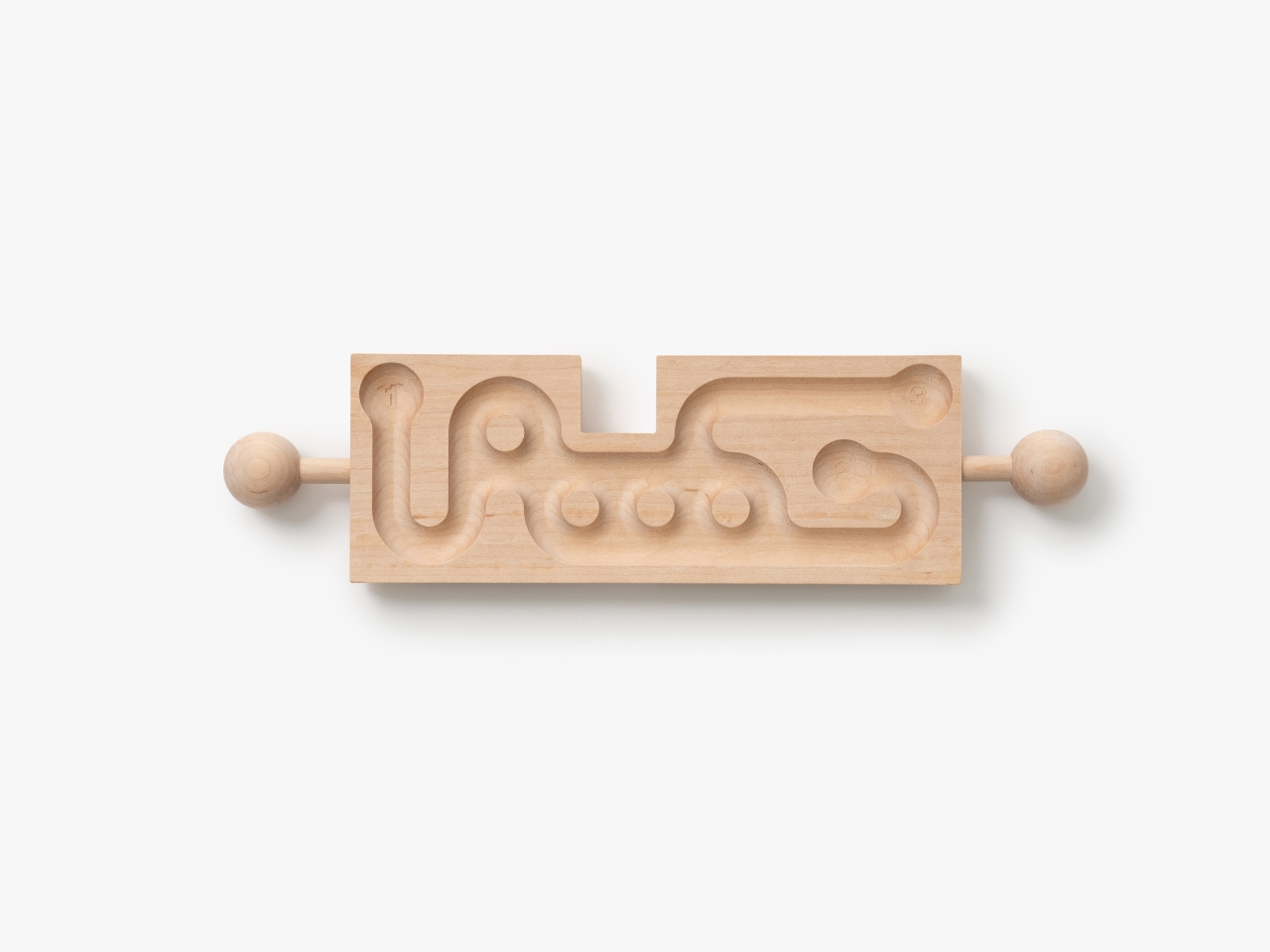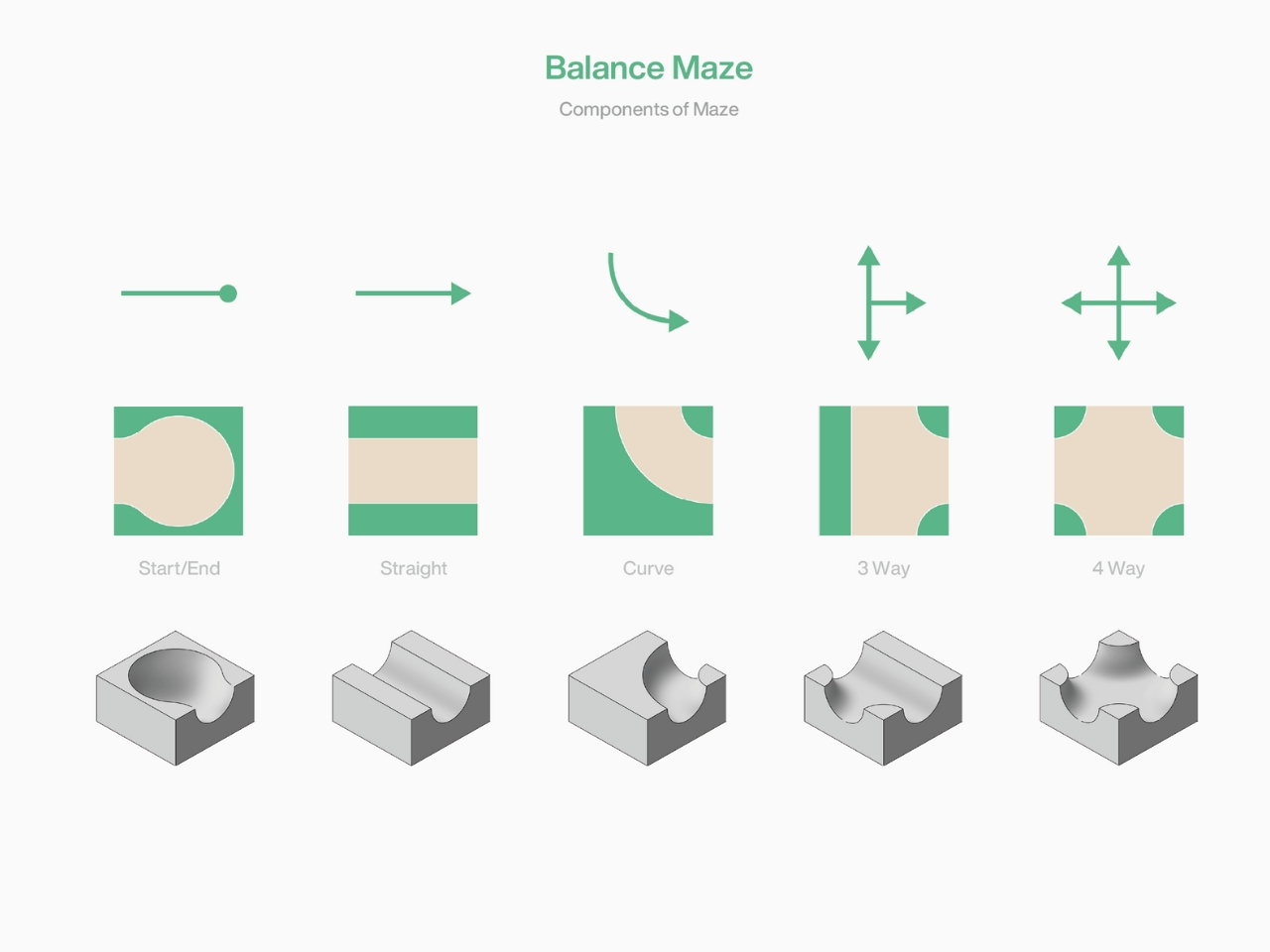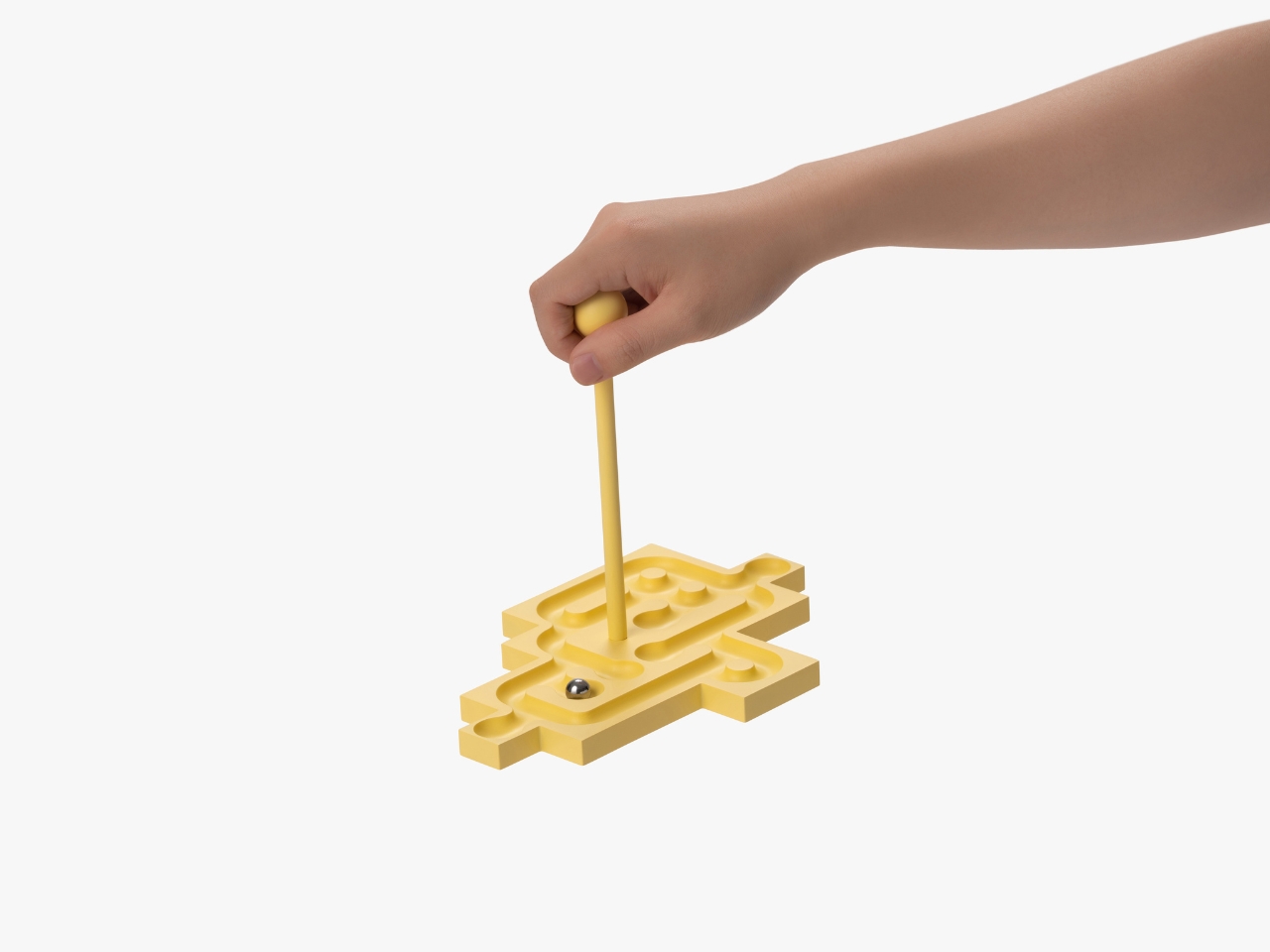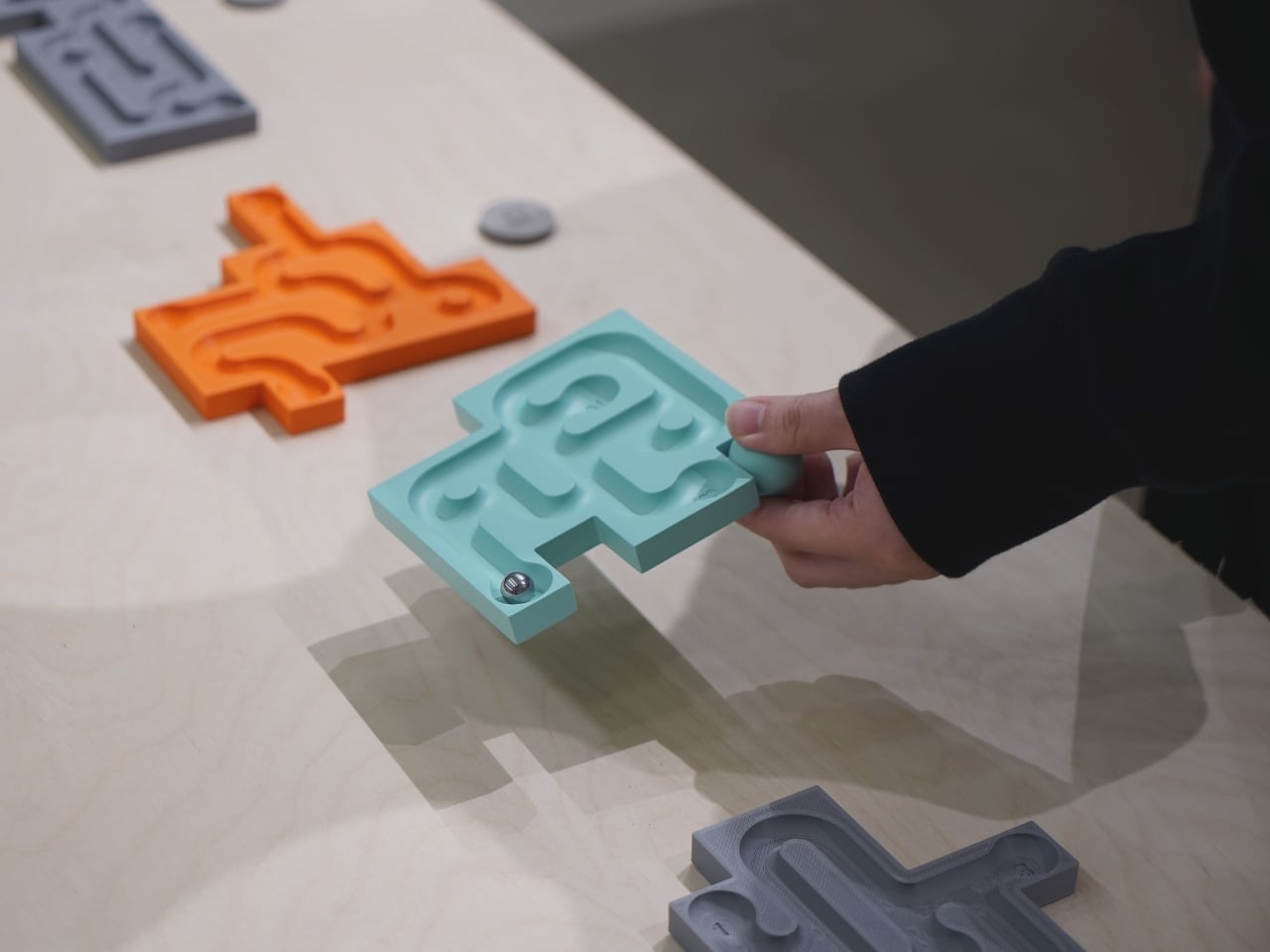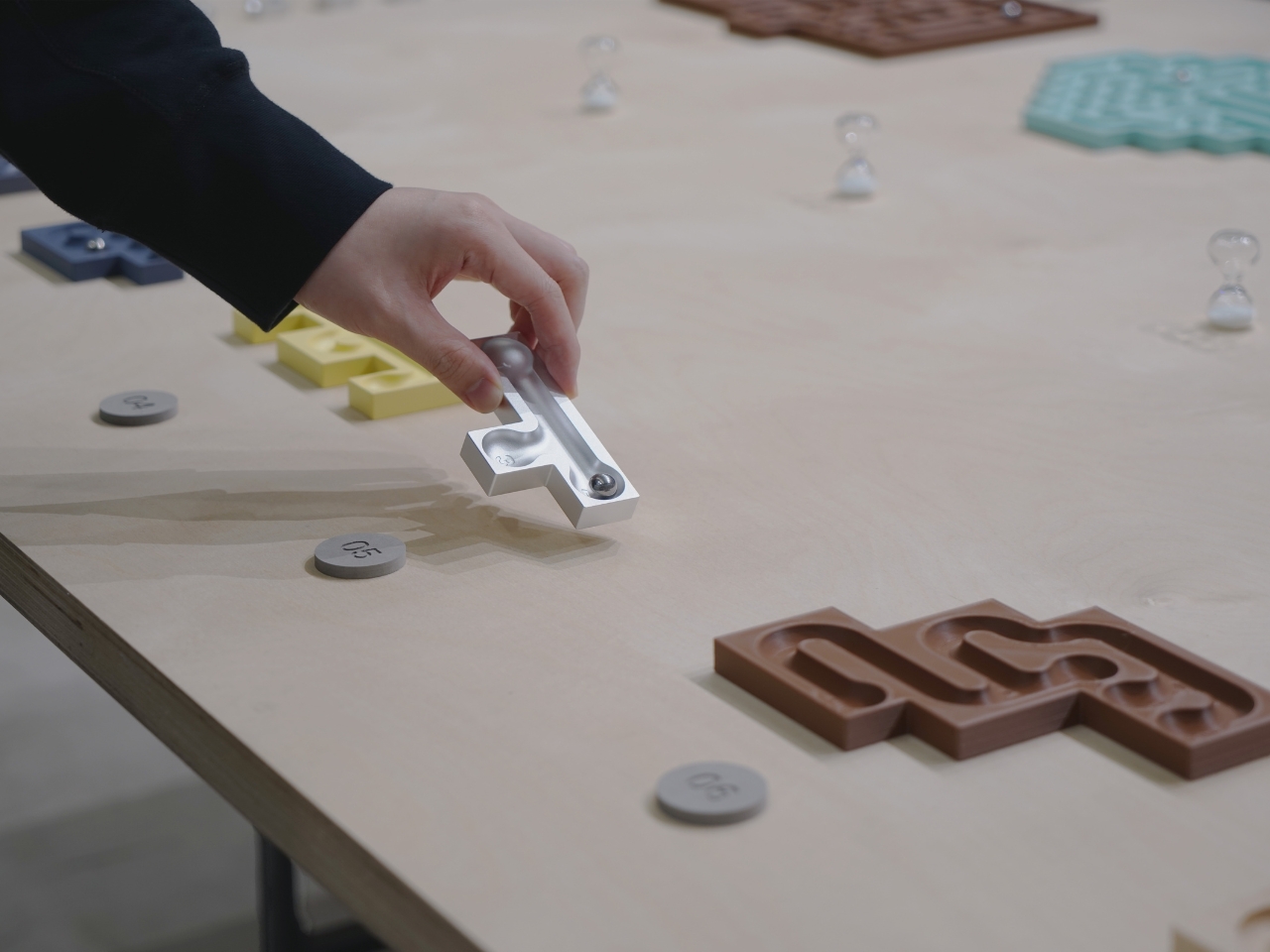A Wi-Fi mesh system is one of the best upgrades you can make to improve your home’s internet coverage, especially if you’ve ever struggled with dead zones, buffering or dropped video calls. Unlike a single router that broadcasts from one central point, a mesh system uses multiple access points spread throughout your space to blanket your entire home with a strong, seamless Wi-Fi signal. Whether you're working on multiple laptops, streaming 4K video in the living room or gaming online in the basement, a mesh setup helps ensure you get reliable Wi-Fi wherever you are.
These systems are designed to handle the demands of modern households, offering features like dual-band or even tri-band connectivity to balance your bandwidth across devices, and automatic updates to keep your firmware current. Many also support high-speed internet plans and include options for a wired connection if you need extra stability for gaming or work. With easy setup, smart app controls and long-term future-proofing, the best mesh Wi-Fi router systems can eliminate the need for clunky Wi-Fi extenders and give you fast, dependable Wi-Fi connections across your whole home.
Table of contents
Best mesh Wi-Fi systems for 2025
What to look for in a mesh Wi-Fi system
Linksys’ CEO Jonathan Bettino told Engadget why mesh systems are an “advancement in Wi-Fi technology” over buying a single point router. With one transmitter, the signal can degrade the further away from the router you go, or the local environment isn’t ideal. “You can have a small [home], but there’s thick walls [...] or things in the way that just interfere with your wireless signal,” he said.
Historically, the solution to a home’s Wi-Fi dead zone was to buy a Wi-Fi extender but Bettino said the hardware has both a “terrible user experience” and one of the highest return rates of any consumer electronics product. Mesh Wi-Fi, by comparison, offers “multiple nodes that can be placed anywhere in your home,” says Bettino, resulting in “ubiquitous Wi-Fi” that feels as if you have a “router in every room.”
Rather than having one main router in your home, having a “router in every room” is the biggest selling point for mesh Wi-Fi given how reliant we all are on the internet. Each node is in constant contact with each other, broadcasting a single, seamless network to all of your connected devices. There’s no separate network for the 2.4GHz and 5GHz bands, just a single name that you connect to.
It’s a good time to buy a mesh Wi-Fi system since the latest standard, Wi-Fi 6E, represents a big leap in the technology. Matt MacPherson, Cisco's Chief Technology Officer for Wireless, said Wi-Fi 6E is a big “inflection point,” using much more of the wireless spectrum than its predecessors. “If you’re using that spectrum with a Wi-Fi 6 [device],” he said, “you’re going to get significant gains [in speed.]”
MacPherson added Wi-Fi 6E will likely “carry you for a long time” thanks to the fact its “top throughputs now typically exceed what people can actually connect their home to.” In short, with a top theoretical per-stream speed of 1.2 Gbps, Wi-Fi 6E is fast enough to outrun all but the fastest internet service.
What do all these Wi-Fi numbers and letters mean?
I’m sorry folks, we need to get boringly technical for one paragraph, but I promise you it’s worth it.
Wi-Fi is governed by International Standard IEEE 802.11, and every few years a letter gets added onto that name when the technology evolves and improves. Until 2019, routers were sold under their IEEE name, leaving users to pick through the word soup of a product labeled 802.11 b/g/a/n/ac and so on.
Mercifully, wiser heads opted to rebrand the letters as numbers, so rather than 802.11 b/g/a/n/ac, we have Wi-Fi 1, 2, 3 4 and 5. Right now, we’re in the middle of one of those Wi-Fi generations, with most of the gear on sale right now supporting either Wi-Fi 6 or Wi-Fi 6E.
What’s the difference between Wi-Fi 6 and Wi-Fi 6E?
Wi-Fi uses chunks of the radio frequency spectrum, with Wi-Fi 6 using the 2.4GHz and 5GHz bands to pump data around. In fact, back in the old days, it was likely your home router would offer you the choice of the 2.4GHz or the 5GHz network, as separate bands to access. These days, all of the spectrums are tied together as one thing, and Wi-Fi 6E has the added ability to use the 6GHz band as well. That’s a big chunk of extra wireless real estate that isn’t as cluttered up as the 2.4 and 5GHz bands.
You’re going to talk about wireless frequencies now, aren’t you.
Each Wi-Fi band had tradeoffs, because the slower radio frequencies have greater range but less speed. 2.4GHz signals will travel a long way in your home but aren’t quick, while 6GHz is blisteringly fast but can be defeated by a sturdy brick wall. A lot of Wi-Fi-enabled gear you own, like smart home products, only use the 2.4GHz band because the range is better and it’s a lot cheaper. But it means that the band is also overcrowded and slow, making it great for your doorbell and robovac, but lackluster for Twitch streaming.
So, what am I looking for?
Right now, the market is full of mature Wi-Fi 6 and 6E devices, and most new systems available to buy are capable of taking advantage of the faster speeds they offer. This guide focuses on Wi-Fi 6E gear since it’s what we think it’s more than enough to satisfy almost everyone’s at-home Wi-Fi needs.
What about Wi-Fi 7?
We’re now seeing the first generation of Wi-Fi 7 devices available to buy, but we don’t recommend you do so immediately. The Wi-Fi 7 standard is still so new that there’s little to no reason for you to rush out and buy one for your home. The hardware is tremendously expensive and while Wi-Fi 7 will, eventually, offer some great benefits over 6E, it’s not as transformative an upgrade as 6E. Not to mention, Wi-Fi 7 is so new that almost none of your home’s devices will be able to take advantage of its big-ticket features. I’d estimate you won’t need to worry about upgrading to Wi-Fi 7 for at least five years, if not longer.
Range and speed
All Wi-Fi routers boast a theoretical broadcast range and a theoretical top speed, and in some cases external antennas to boost signal directionality — but these figures don’t mean much. After all, manufacturers can’t control your ISP’s real speed, the materials and layout of your home or where you put your Wi-Fi gear. Raw speed isn’t everything, either, and you likely need a lot less than the internet speeds your provider is advertising. What matters more is how consistent your connection is between rooms and across devices.. After all, Netflix needs just 15 Mbps to push a single 4K video stream to your home. As cool as it is to say you’ve got all these hundreds of Mbps, factors like latency and reliability are far more crucial to a happy internet life. And unless you have Gigabit internet that can reach speeds of up to 1 Gbps, you won’t need a mesh router that offers that spec.
Backhaul
Mesh Wi-Fi systems work by connecting every hardware node to a single wireless network, letting them all communicate with each other. Imagine four people in a busy, noisy restaurant all trying to order their dinner from a weary staff member, all at once. Now imagine, while this is going on, that four more people at that same table are also trying to tell a funny anecdote. It’s no surprise that it might take a long time for the right information to reach its intended destination.
To combat this, higher-end mesh routers offer dedicated wireless backhaul; a slice of the spectrum for node-to-node communication. So rather than everyone talking at once in the same space, the conversations are essentially separated, reducing the invisible clutter in the air. Because there’s less confusing cross-chatter, everything moves faster, offering a significant performance boost to those systems.
Connectivity
These days, even your washing machine can have a wireless connection, but that doesn’t mean you should ignore the joys of wired internet. No matter how fast Wi-Fi is, a hard line will always be faster, and some gear, like Philips’ Hue bridge, still needs an ethernet connection. Plenty of routers can also use these hard connections as backhaul, eliminating further wireless clutter.
It’s convenient for spread-out systems and power users, but it will mean running more wires through your home. The most common standard is Cat 5e, or gigabit ethernet which, unsurprisingly, has a top speed of 1 Gigabit per second (Gbps). Since Ethernet cables are backward compatible, you should be able to easily find one that works with your system. However, to get the most out of your mesh routers, it’s worth investing in an Ethernet cable that meets the standard your router uses — if it’s Cat 5e, use a Cat 5e cable. You can check your router’s specs via the manufacturer’s website to be sure.
Flexibility and scalability
Mesh routers enable you to add (or subtract) modules from your home network to suit your needs. D-Link’s Alan Jones said users should “check how scalable the prospective product is” before you buy. This sense of scale doesn’t just apply to the number of nodes on the network, but how many simultaneous connections it can handle.
It’s also worth looking at ASUS’ AiMesh products, which can combine mesh Wi-Fi gear and its standard “spider” Wi-Fi routers. If you’ve got a tricky part of your home, you can bolt on an ultra-power standalone Wi-Fi router to a compatible mesh.
Placement
Mesh networks replace one big piece of hardware with a series of identical nodes that you scatter around your home. You connect one to your modem (usually over ethernet), and then scatter the rest around the place for the best coverage. A good rule of thumb is to place each node no more than two rooms away from the last one, rather than sticking them at the far ends of your home.
Bear in mind, every physical obstacle between a Wi-Fi node, its siblings and your devices will hurt your overall performance. You should aim to place them, at the very least, at waist height on furniture in open air, without too many obstructions. The reason many mesh Wi-Fi products are designed to look like an inoffensive white doodad is so you don’t feel compelled to hide them behind your TV.
Other mesh Wi-Fi router systems we tested
Amazon Eero Pro 7
Eero built its reputation on easy to use yet powerful mesh systems that offer a lot of good in a relatively small and affordable package. Setup is effortless, the app running things is clean and simple, and you get the added benefit of backwards compatibility with older hardware. Sadly, the issue with every Eero system is that so many basic management features, like parental controls, are paywalled behind the company’s Eero Plus subscription for $100 a year.
Amazon Eero 6E
Eero Pro 6E is an “easy” device, the sort a total novice can set up on their own and thrive with for years on end. There’s little brainwork required to get things set up, and the app has a clean UI with plenty of hand-holding. But, as with the Eero Pro 7, the fact that so many basic management tools are paywalled irks me, especially since you can get plenty of them for free with Google’s rival offering.
Netgear Orbi 960
The Orbi 96T0 (RBKE963) is Netgear’s flagship mesh Wi-Fi product, which the company calls the “world’s most powerful Wi-Fi 6E system.” It’s also one of the most expensive consumer-level kits on the market, setting you back $1,499.99 for a three pack. It's a fantastic piece of gear, but it's worth saying that the subset of people who could, would or should buy it remains far smaller than you might expect. Ultimately, I feel that if you’re paying luxury prices, you should expect a luxury product. There were plenty of times during testing that I went looking for a feature that was either only available via the web client, or behind a paywall. While, yes, much of your cash is going to the superlative hardware, but for this sort of money, the fact you have to pay extra for some table-stakes features is insulting. If you’re looking for a new Wi-Fi system and aren’t prepared to spend almost $1,500, it’s worth considering our other top picks for the best Wi-Fi routers and mesh systems.
How we test Wi-Fi routers
My home covers around 2,200 square feet across three stories with the office on the third floor. It’s relatively long and thin, with the living room at the front of the house, the kitchen at the back and the three bedrooms on the first floor. Its age means there are a lot of solid brick walls, old-school lathe and plaster as well as aluminum foil-backed insulation boards to help with energy efficiency. There are two major Wi-Fi dead zones in the house: The bathroom and the third bedroom behind it, since there’s lots of old and new pipework in the walls and floors.
For mesh routers with two nodes, I place the first in my living room, connected via ethernet to my cable modem with the second on the first floor landing in the (ostensible) center of the house. For three-node sets, the third goes in my kitchen, which I’ve found is the optimal layout to get the bulk of my house covered in Wi-Fi. Fundamentally, my home poses enough challenges that if it succeeds here, it stands a very good chance of succeeding in your place.
Each mesh is judged on ease of setup, Wi-Fi coverage, reliability, speed and any additional features that it advertises. I look at how user-friendly each companion app is from the perspective of a novice rather than an expert given you shouldn’t need to be a network engineer to do this sort of thing. Tests I do include checking for dead zones, moving from room to room to measure consistency of connectivity and streaming multiple videos at once to replicate common usage patterns.
Mesh Wi-Fi system FAQs
This is the section of our mesh Wi-Fi buyer’s guide where we talk about the stuff that most people just glide past. If you’re not familiar with technology, it can be intimidating if people talk about these things as if you’re expected to already know. So here’s a very simple, very basic rundown of some of the stuff you might have missed in very basic terms.
What’s the difference between a Wi-Fi router and a mesh router?
A Wi-Fi router is a box that usually sits close to wherever the internet comes into your home and pumps out information over radio waves. A mesh router, meanwhile, is a set of smaller devices, one of which sits next to your internet connection while the rest are scattered around your home. A single Wi-Fi router is great if your home is small, your needs aren’t too demanding, or if your home doesn’t have many radio-blocking obstructions that mean those signals can’t reach every corner of your home. But, much like standing next to a radio transmitter and then walking away from it in a straight line, after a while, the signal will degrade.
That’s the problem a mesh system is designed to solve, since it will take the signal from your modem and pump to the other mesh devices, known as nodes, in your home. That way, instead of having one big router in one part of your home, you have several small ones that ensure you have good Wi-Fi connectivity all over. It also helps ensure that there’s no risk of dropping your connection as you move around — a mesh router system makes it easy to, for instance, walk from room to room watching Netflix and know you won’t miss a single frame.
What's the difference between a Wi-Fi extender and a mesh system?
Oh boy. Wi-Fi extenders, or repeaters, are small devices designed to push Wi-Fi a little further than your Wi-Fi router can stretch. They’re cheap, compact and often come in the form of little boxes that sit on your plug sockets with the hope of pushing Wi-Fi to a signal-sparse corner of your home. They are, and I can’t put this delicately enough, often a big pile of rubbish and are often not worth your time. Especially since the price of mesh routers has fallen to within most people’s budgets.
What is a wireless backhaul?
As we explained above, mesh Wi-Fi systems work by connecting every hardware node to a single wireless network, letting them all communicate with each other. Imagine four people in a busy, noisy restaurant all trying to order their dinner from a weary staff member, all at once. Now imagine, while this is going on, that four more people at that same table are also trying to tell a funny anecdote. It’s no surprise that it might take a long time for the right information to reach its intended destination.
To combat this, higher-end mesh routers offer dedicated wireless backhaul; a slice of the spectrum for node-to-node communication. So rather than everyone talking at once in the same space, the conversations are essentially separated, reducing the invisible clutter in the air. Because there’s less confusing cross-chatter, everything moves faster, offering a significant performance boost to those systems.
Is it better to hard wire instead of using a mesh Wi-Fi system?
This is a great question that doesn’t have a simple answer.
It is (almost) always preferable to connect devices with a wire, in this case Ethernet, than to use Wi-Fi. The speeds are faster, it’s more reliable and your data is less vulnerable to the slings and arrows of the laws of physics. Hell, I spent about a year trying to work out how to build an iPhone to Ethernet connector back in the bad old days of Wi-Fi.
But your ability to do so depends on your level of DIY skills and / or how much money you want to spend on contractors. Wiring your home for Ethernet if you don’t have the infrastructure already can be a costly and time-consuming process. Particularly if you don’t want ugly wires running along your baseboards and under your carpets or across your hardwood floors.
If you’re building your own home or can do some serious DIY, then hard wiring is a fantastic thing to have. It goes wonderfully hand-in-glove with mesh networks too, since you’ll be able to hook up your nodes to the network for even better speeds.
But if I’m honest, advances in Wi-Fi technology mean I’d only go for hard wiring if I really believed I needed the sort of speed it offers. Unless you’re a Twitch streamer running your own 24/7 content studio, it’s probably overkill.
When we started renovating our 140-year-old home, I had Ethernet installed in the living room, the master and second bedroom and in my office, all at the front of the house. I can’t use it for my mesh since I’d need to put the wiring through the middle of the house. If I ever had the wiring done again, I would do so as I know I’ll instantly see a meaningful improvement in both my connection speed and reliability. But I wouldn’t spend several thousand pounds to have it done just for the sake of it.
This article originally appeared on Engadget at https://www.engadget.com/best-mesh-wifi-system-130028701.html?src=rss



